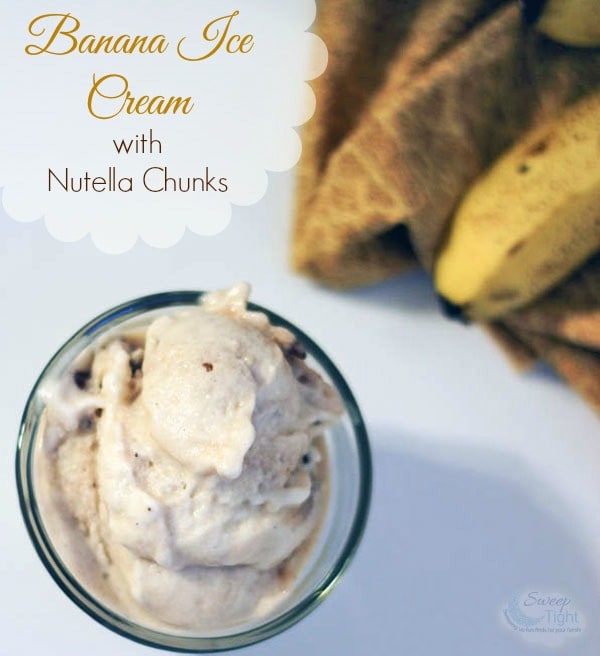5 Fast Food Chains That Make Everything From Scratch, Experts Say
Five Guys: The Fresh-Cut Fries Champion
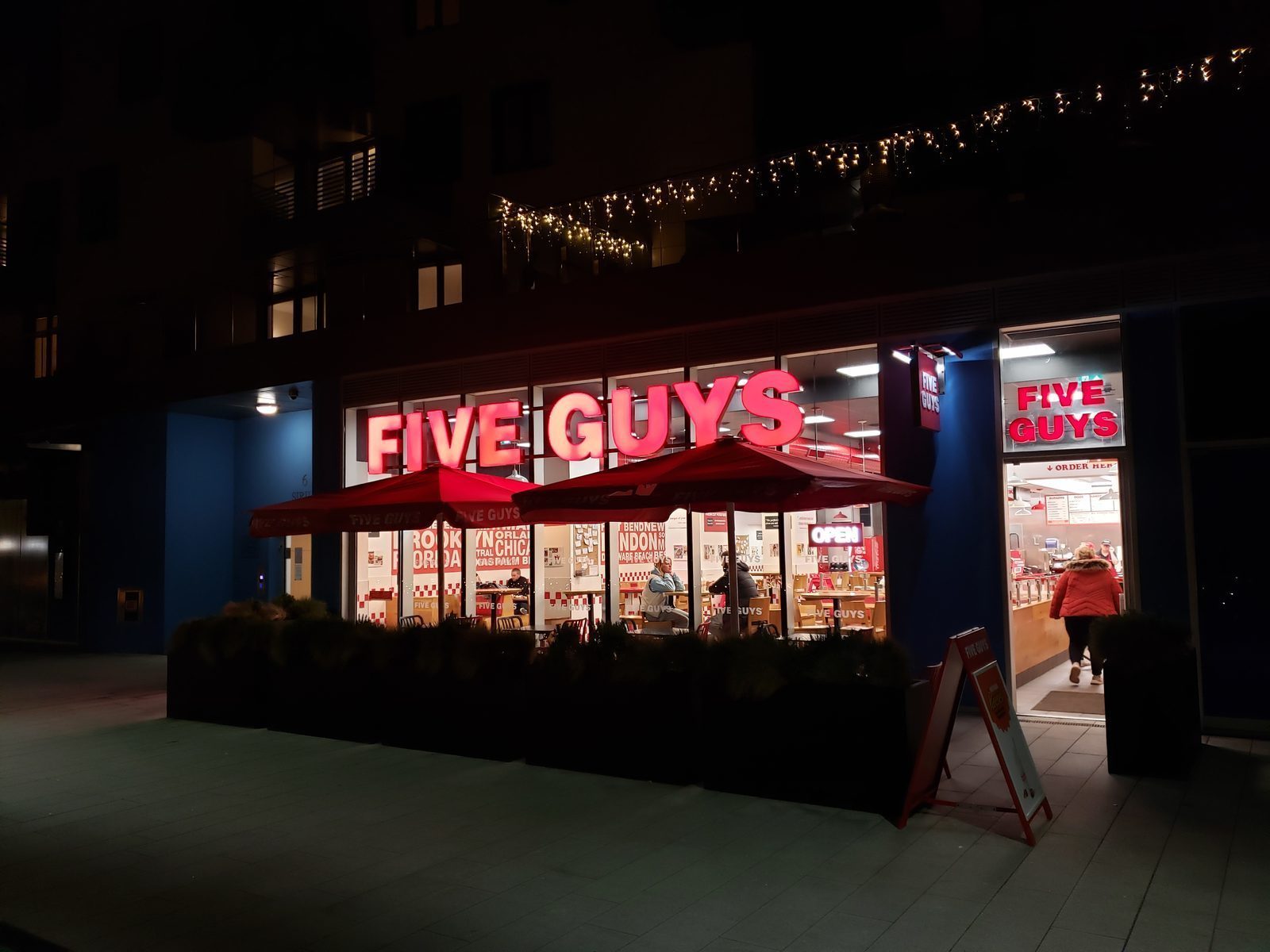
All of Five Guys’ toppings are prepped fresh daily and nothing is frozen. Their potatoes are freshly cut, soaked in water and only fried in refined peanut oil using fryers that cook absolutely nothing else. Their fresh burger patties are made to order and prepared on a flat-top grill, cooked until well done and juicy, with staff using their eyeballs rather than timers to know when a burger is finished.
With all 15 free toppings prepared fresh daily, Five Guys offers hundreds of thousands of topping combinations. The brand remains committed to using fresh, quality ingredients, and founder Jerry Murrell mentioned in 2010 that the chain raises its prices to reflect the cost it’s paying for food. This dedication to freshness comes at a premium – a dataset by MoneyGeek revealed that the average price of a meal from Five Guys in 2024 was $20.73.
In-N-Out: Never Frozen Philosophy
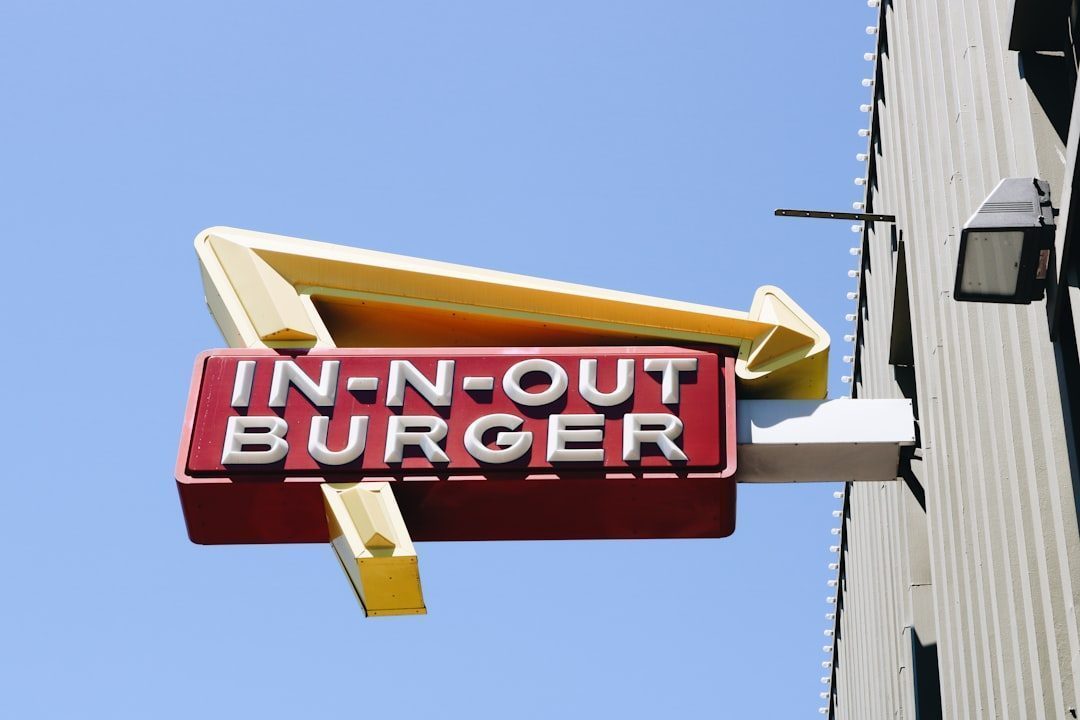
In-N-Out takes its slogan, “Freshness You Can Taste,” seriously, always serving only fresh – never frozen – high quality products. The chain doesn’t even own a microwave or a freezer, making their hamburger patties themselves starting with fresh, high quality front-quarter beef chucks with no additives, fillers, or preservatives.
In-N-Out serves hand-sliced and thin-cut fries made from fresh potatoes each day, which can be ordered animal-style with signature spread sauce, grilled onions, and cheese. The chain also features old-fashioned milkshakes made with 100% real ice cream. Their fries taste like chopped-up potatoes thrown in a fryer yourself, with a very pronounced potato flavor. The commitment to fresh ingredients explains why the drive-thru line is always so long.
El Pollo Loco: Made Fresh Made by Hand
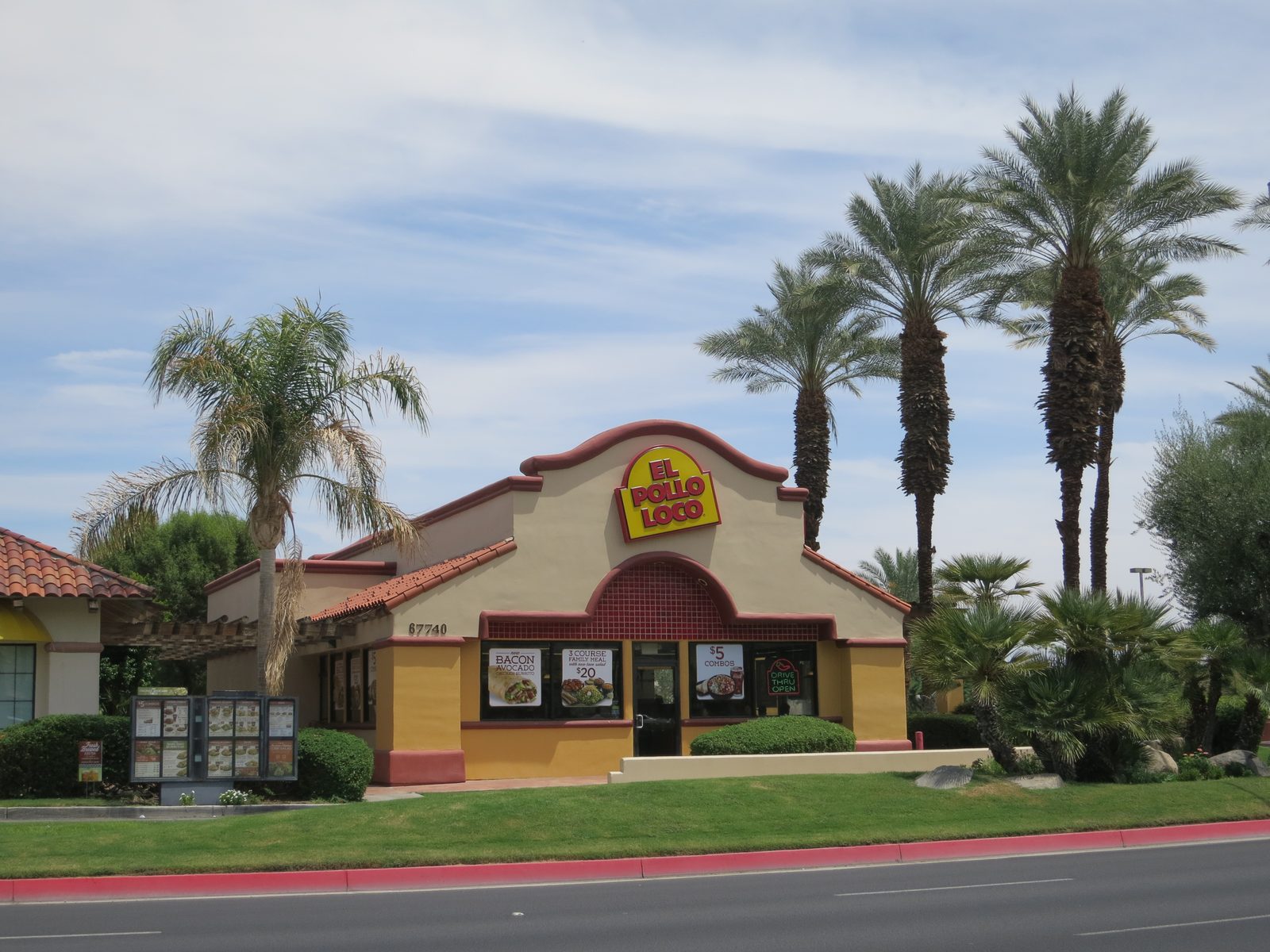
El Pollo Loco maintains freshness as key with their motto “Made fresh. Made by hand. Made every day,” stating that “It all comes down to fresh. Fresh salsas made from scratch, fresh sliced avocados and of course, fresh, never frozen, fire-grilled chicken.” This Mexican-style fast food chain has built its entire identity around the scratch-made approach to food preparation.
Their fire-grilled chicken sets them apart from competitors who rely on deep-fried alternatives. The chain’s commitment to preparing salsas from scratch daily demonstrates how traditional techniques can work within a fast-food framework. Fresh avocados are sliced throughout the day rather than using pre-prepared guacamole mixes, ensuring customers receive the highest quality ingredients in every meal.
Shake Shack: Premium Ingredients Ground Fresh
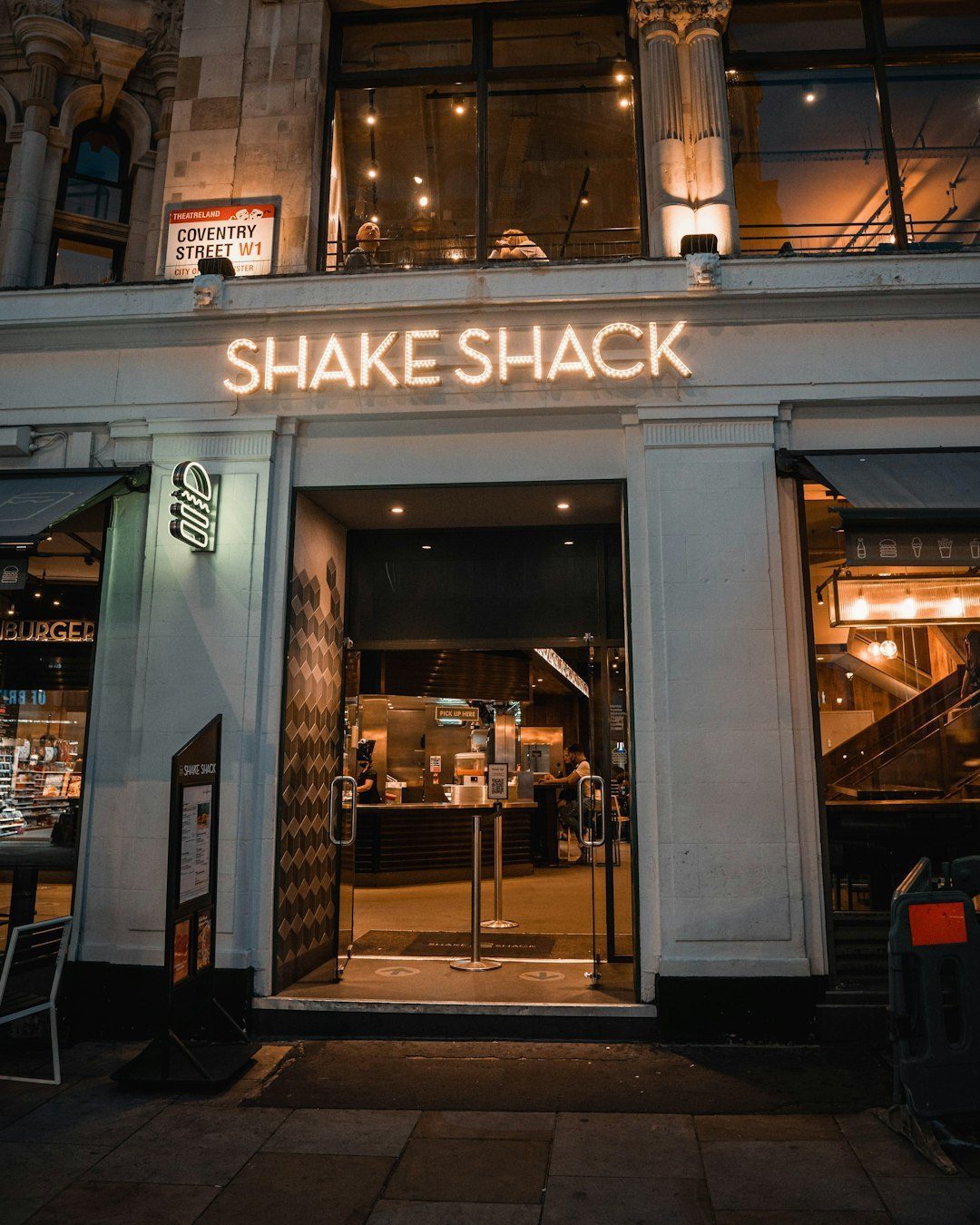
The Shack burger menu offers freshly made burgers made from sizzling 100% Angus beef, which is hormone and antibiotic-free. The ShackBurger comes with lettuce, tomato, and a special Shack sauce on a potato bun. All chicken is cage-free and antibiotic-free. Their commitment to using fresh, high-quality ingredients and attention to detail make each visit a memorable experience, as they’re known for their high-quality ingredients and commitment to sustainability.
Shake Shack strives to be different from other chains through its community engagement and the quality of ingredients that it uses. The chain has earned the nickname “anti-chain chain” because of its focus on premium ingredients rather than mass production techniques. It gained popularity due to its high-quality ingredients and offering a unique dining experience.
Chipotle: Assembly Line Fresh Prep

While not every ingredient is prepared from absolute scratch on-site, Chipotle maintains one of the freshest approaches in fast-casual dining. Chipotle is bringing bold new flavors to its menu with the launch of Adobo Ranch, a craveable dip made fresh in Chipotle restaurants with all real ingredients. The chain’s open kitchen concept allows customers to watch their food being assembled with ingredients that are prepared throughout the day.
Chipotle’s commitment extends beyond individual restaurants to their supply chain practices. Chipotle’s Cultivate Next Fund invests in aquatic plant-based technologies that aim to emulate animal protein and scale more sustainable cattle feed. This investment in sustainable technology shows how the chain thinks about freshness from farm to table, not just during final preparation.
Why These Chains Stand Out From Competitors
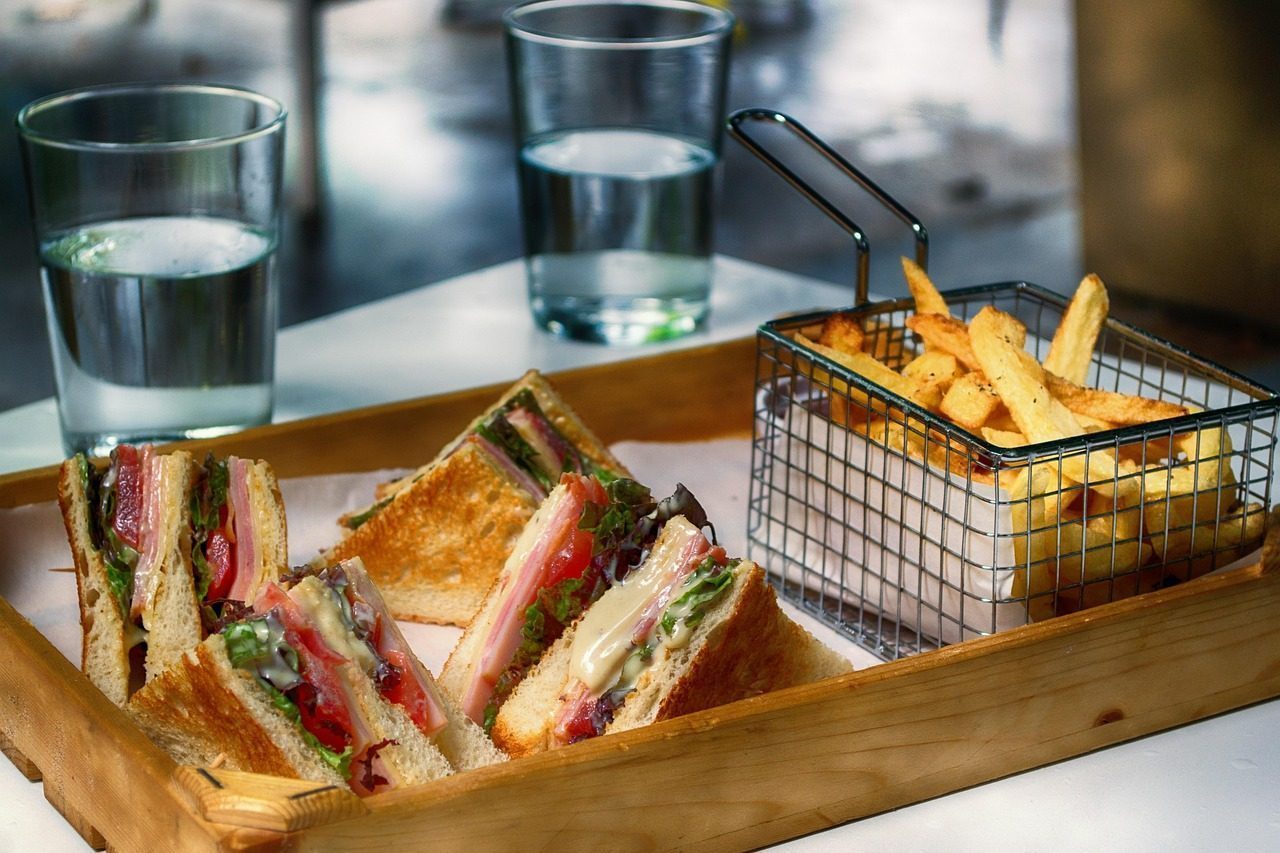
These chains prep their food from scratch every single day. When you walk into a fast food or fast casual dining restaurant, you don’t generally expect the freshest food in town, however, a surprising number of fast food chains actually pride themselves on it. From hand-cutting french fries to cooking burgers to order and even baking buns daily, there are a select number of fast food chains that serve food fresher than some regular restaurants.
The major difference lies in preparation methods versus reheating frozen products. Most traditional fast food chains rely heavily on pre-cooked, frozen ingredients that get reheated when ordered. These five establishments have built their business models around fresh preparation, even if it means longer wait times and higher costs for customers.
The Premium Price Tag of Fresh Ingredients
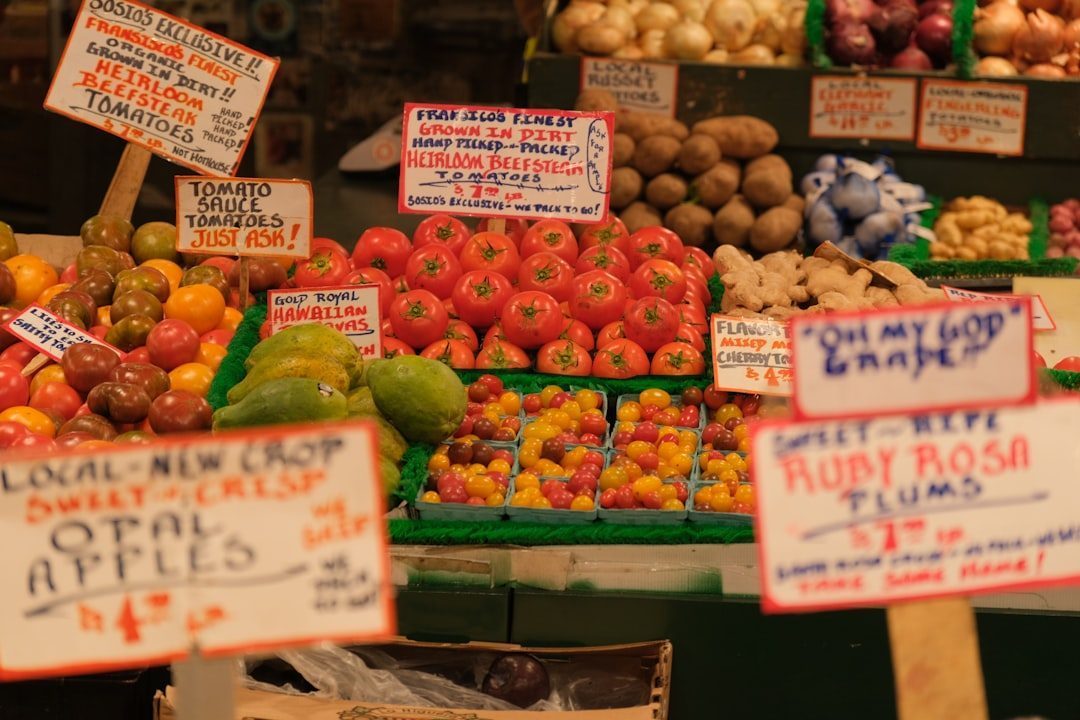
Fresh-ingredient chains typically charge more than traditional fast food establishments. One survey by Preply analyzed the language of restaurant reviewers to determine which establishments consumers thought were too expensive – Five Guys, along with Shake Shack and Sugar Factory, were the most overpriced chains. However, many customers willingly pay the premium for quality.
All food-related expenses have increased with inflation, and supply, operations, and labor costs factor into what chains charge consumers. Fresh ingredients require more labor-intensive preparation, more frequent deliveries, and higher waste rates compared to frozen alternatives. This economic reality means scratch-made fast food will always command higher prices.
Customer Experience vs Traditional Fast Food

The dining experience at these chains differs significantly from traditional fast food. Wait times are typically longer because orders are prepared fresh rather than assembled from pre-cooked components. Short visits (10 minutes or less) to Chipotle, Wingstop, and Shake Shack surged between 17.0% and 25.5% compared to Q3 2023.
Despite longer prep times, these chains have found ways to maintain efficiency. Another key factor driving success for the three chains is their pivot towards convenient takeaway options. Chipotle has focused on expanding its Chipotlane drive-thru service, while Wingstop has invested in an in-store digital platform meant to streamline the ordering process.
Supply Chain Innovations for Freshness
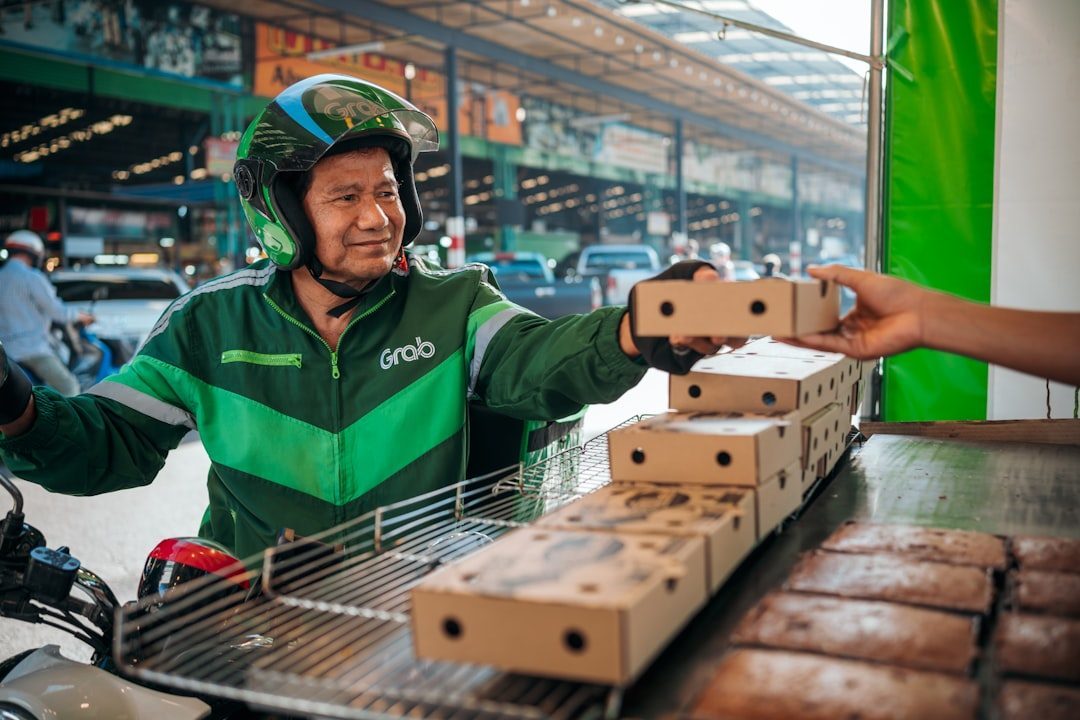
Maintaining freshness at scale requires sophisticated supply chain management. Tony Christofellis co-founded and later sold the drive-thru Salad and Go chain, building an efficient model of restaurants served by a central commissary kitchen. Now he’s growing several brands under Angie’s Food Concepts, with the idea to make quality ingredients more affordable in a drive-thru format.
These commissary models allow chains to prep certain ingredients centrally while finishing others in-store. This hybrid approach maintains freshness while achieving some economies of scale. It’s a compromise between full on-site preparation and completely pre-made foods.
Industry Performance Despite Higher Costs
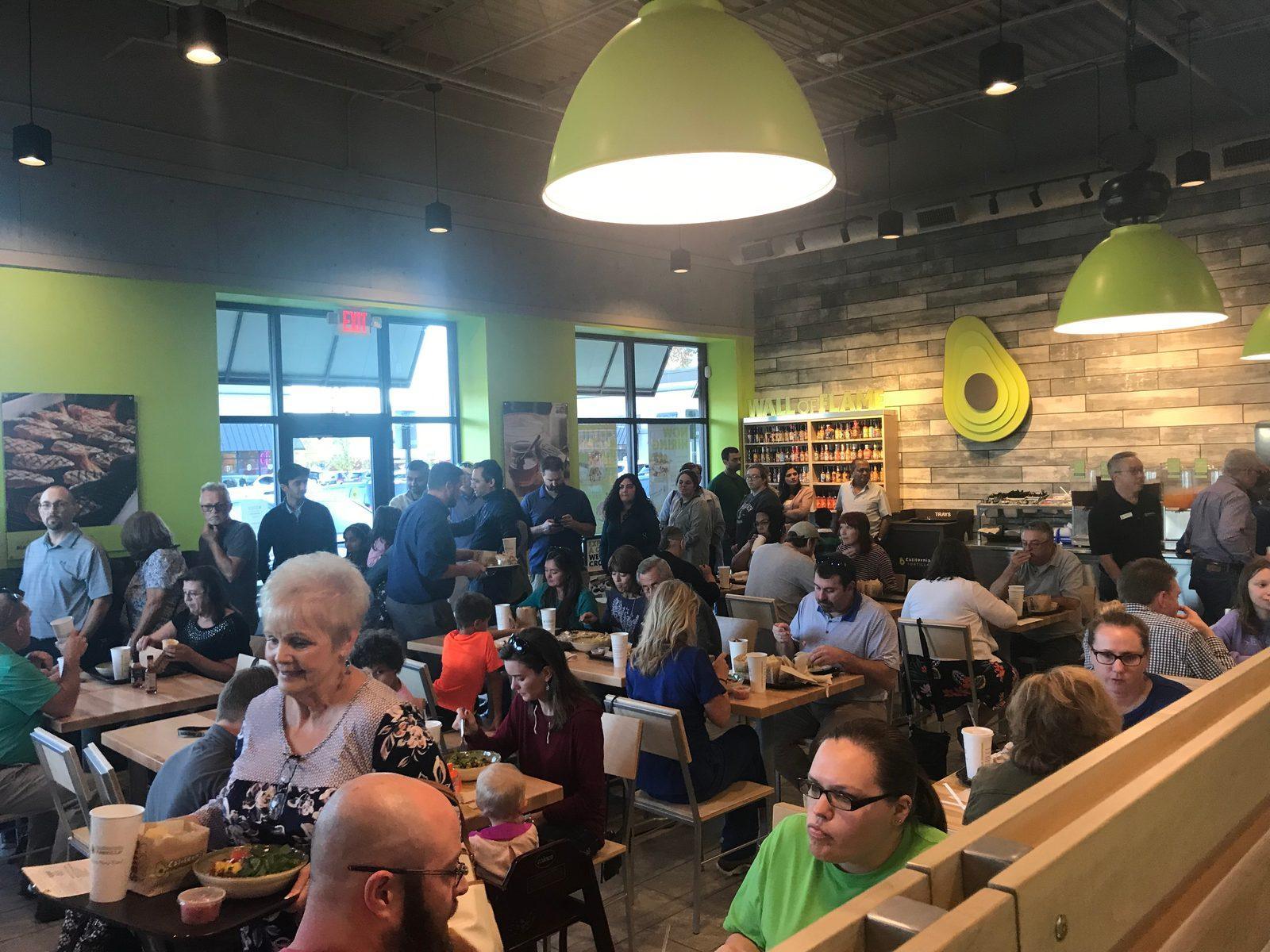
Foot traffic to Chipotle, Wingstop, and Shake Shack continued to impress in Q3 2024, with year-over-year quarterly visits elevated by 12.7% at Chipotle, 24.2% at Wingstop, and 18.7% at Shake Shack. The average number of visits to each chain’s individual restaurants also increased. This performance suggests consumers value fresh preparation enough to pay premium prices.
Chipotle, Wingstop, and Shake Shack have emerged as restaurant leaders, thriving and outperforming the wider fast-casual and quick-service restaurant categories. In contrast, the overall quick-service and fast-casual restaurant segments saw much more muted performance. Their success proves that the fresh-ingredient model can compete effectively against traditional fast food approaches.
Future of Fresh Fast Food

The success of these chains is inspiring competitors to reconsider their ingredient strategies. The restaurant chains that are thriving don’t wait until tariffs happen; they get out in front of it and price that in. There are restaurant chains that are thriving right now. This proactive approach to cost management while maintaining quality standards shows how fresh-focused chains adapt to economic pressures.
Technology continues to play a role in making fresh preparation more efficient. Brands like McDonald’s and Wendy’s have started using AI-driven voice bots to handle drive-thru orders, cutting labor costs and speeding up service. Fully automated fryers or burger-flipping robots are moving out of pilot programs and into everyday kitchens, boosting consistency and throughput.
The Competitive Advantage of Scratch-Made Food
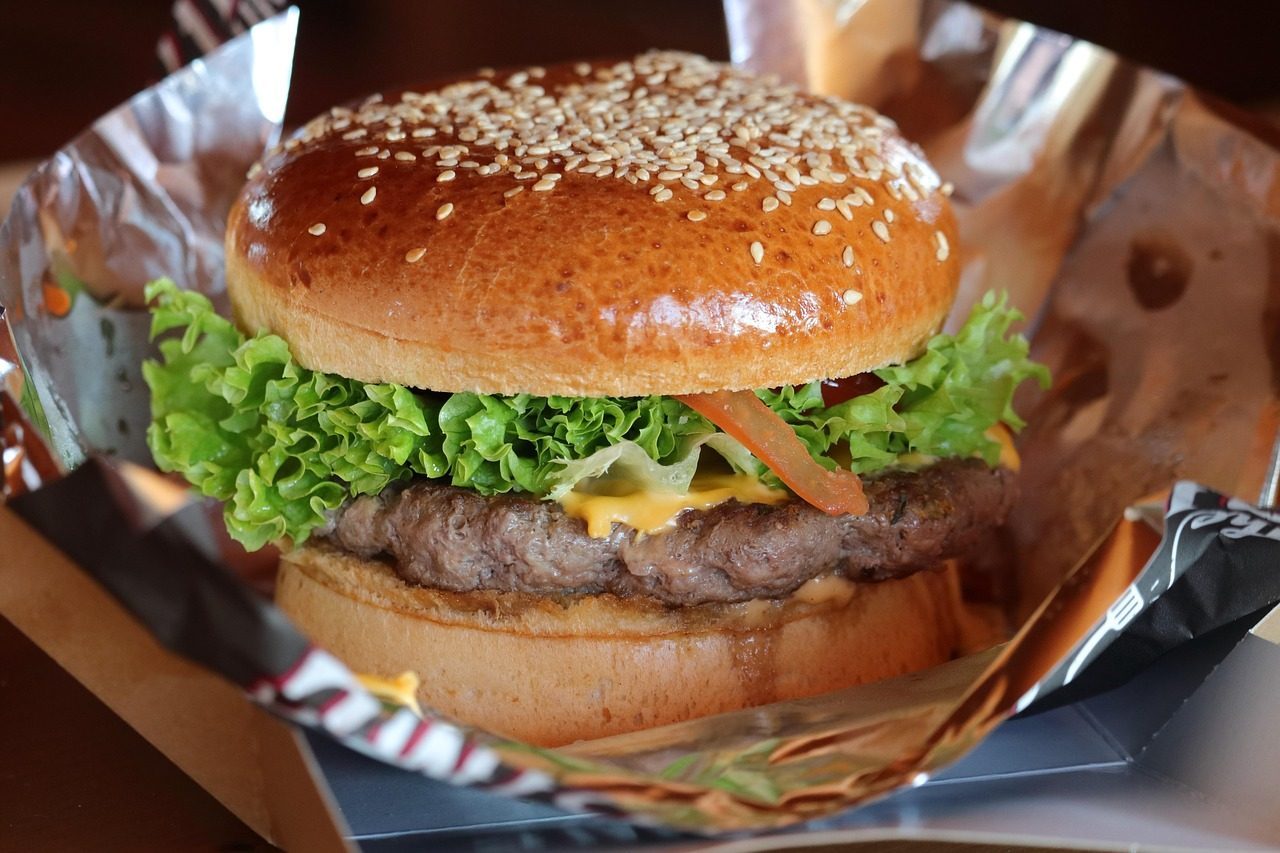
Fresh preparation creates customer loyalty that’s difficult for competitors to replicate. In-N-Out clearly won this burger battle, due to its top-tier ingredients, overall taste, and simple, yet effective, take on the American classic. There’s a reason why the drive-thru line is always so long, this burger is one that will hit the spot every time.
These five chains have proven that consumers will choose quality over convenience when the price difference isn’t prohibitive. Even when inflation causes families to pull back on dining at casual or full-service restaurants, they often “trade down” to QSRs, keeping sales robust. This trend benefits fresh-focused chains that offer perceived value through ingredient quality rather than just low prices.
What This Means for Your Next Fast Food Order
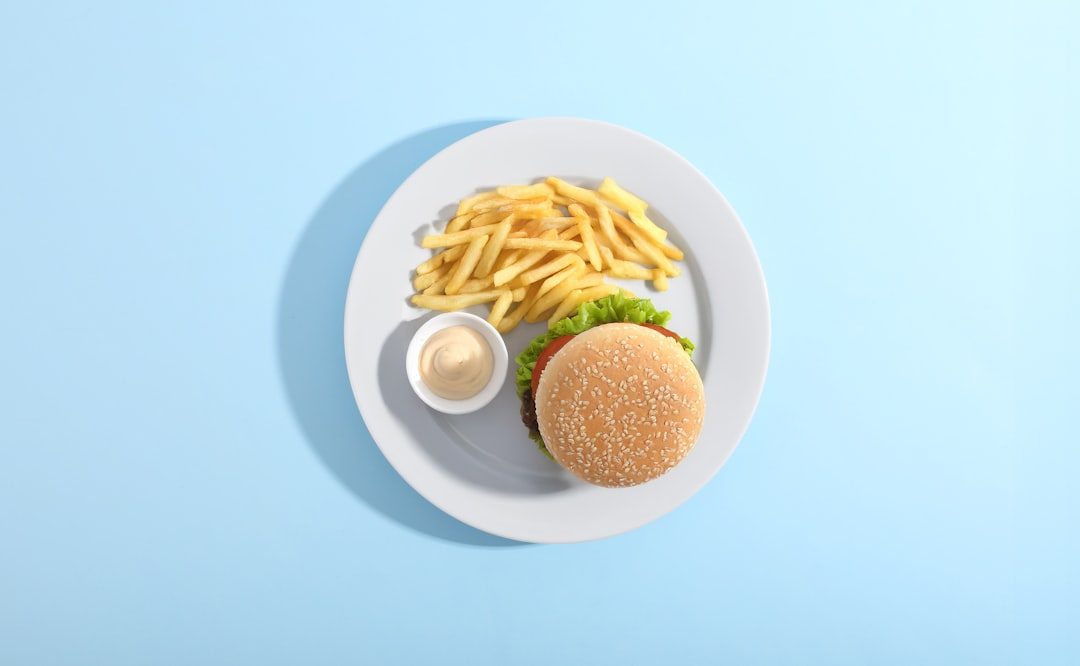
Understanding which chains prioritize fresh ingredients helps consumers make informed dining choices. The difference in taste, nutrition, and overall satisfaction can be significant when ingredients are prepared from scratch rather than reheated from frozen. These five chains represent the evolution of fast food from purely convenience-focused to quality-conscious.
Next time you’re choosing between fast food options, consider whether you value speed and low cost over fresh ingredients and better flavor. Across the U.S., a handful of chains are redefining the game by preparing meals from scratch every single day. From hand-cut potatoes to biscuits baked at dawn, these restaurants prove that convenience and quality can actually go hand in hand. The choice ultimately comes down to what you prioritize in your dining experience – but now you know where to find the freshest options when quality matters most.
How to Spot the Real Deal vs Marketing Hype

Not every chain claiming “fresh” ingredients is actually delivering on that promise – and savvy consumers are learning to tell the difference. Walk into any fast food restaurant today and you’ll see buzzwords like “farm-fresh,” “all-natural,” and “made daily” plastered across menus and walls. But here’s the thing: some of these claims are just clever marketing designed to make you feel better about your purchase. The real test comes down to simple observation and asking the right questions. Can you actually see staff prepping ingredients behind the counter, or does everything come out of unmarked containers? Are the fries being cut from whole potatoes, or do they arrive pre-cut in bags? Smart diners have started noticing these telltale signs, and it’s changing how they choose where to spend their money. The most authentic fresh-prep chains won’t hesitate to show off their process – in fact, they’re usually proud to let you watch the magic happen right in front of you.
Regional Chains Worth Seeking Out

While the big names get most of the attention, there’s a whole world of regional fast food chains doing incredible scratch-made work that flies under the national radar. Take Culver’s in the Midwest – they’re hand-breading chicken tenders and making their frozen custard fresh throughout the day in small batches. Down South, Whataburger still cuts vegetables in-house every morning and cooks their beef fresh to order, never frozen. On the West Coast, The Habit Burger Grill is chargrilling their burgers over an open flame and hand-slicing avocados for each order. These regional powerhouses often outperform their national competitors in freshness because they’re not trying to standardize operations across thousands of locations. If you’re traveling or live near one of these chains, they’re absolutely worth checking out – many food critics argue they deliver even better quality than the famous names everyone knows. The catch? You might have to drive a bit further to find them, but dedicated fans swear the extra effort pays off in flavor.
The Dark Side Nobody Talks About
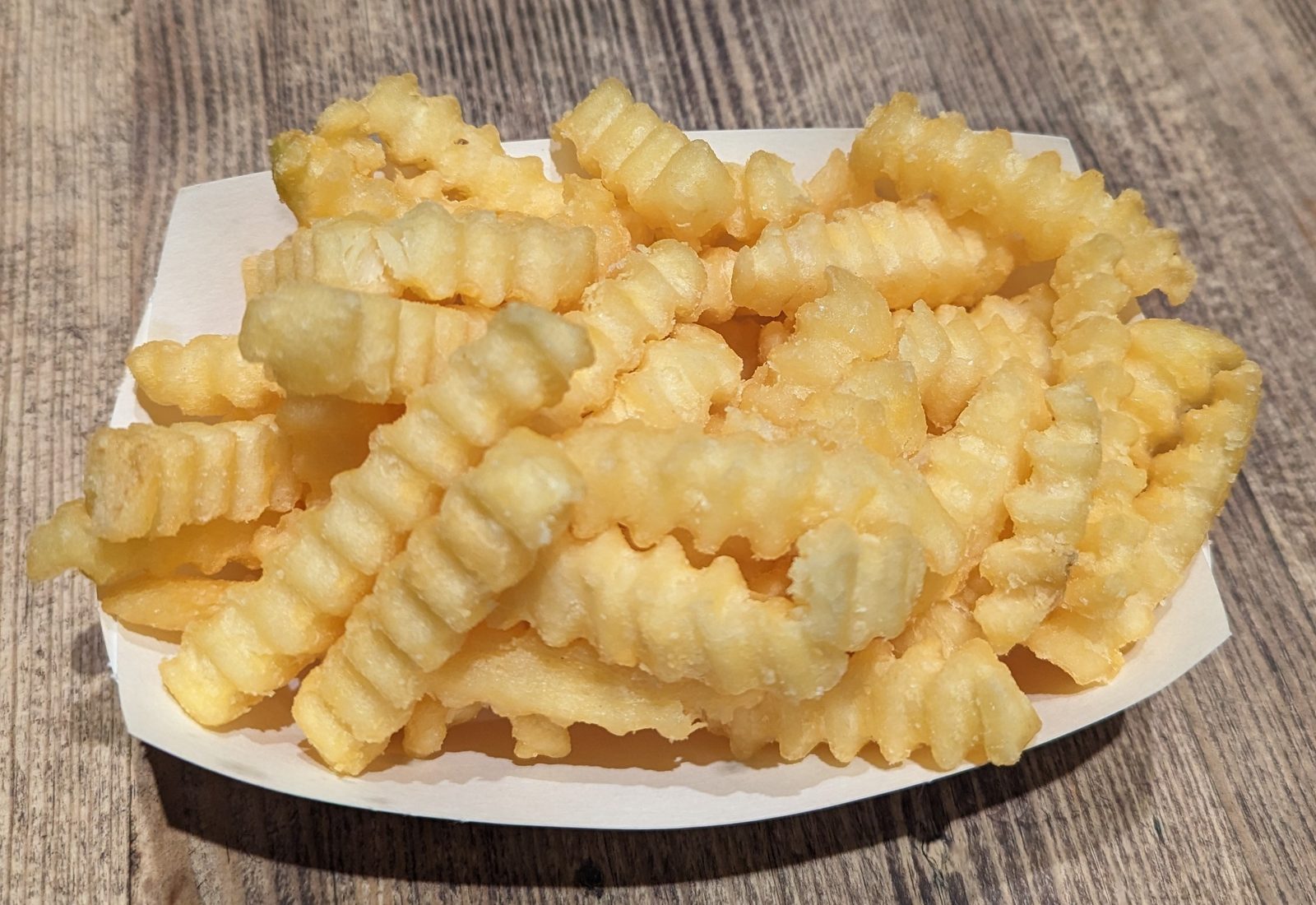
Here’s the uncomfortable truth that scratch-made chains don’t advertise: maintaining this level of freshness creates massive food waste and puts incredible pressure on workers. When you’re prepping fresh ingredients multiple times daily, there’s way more that gets tossed at closing time compared to frozen operations. Industry insiders reveal that some of these chains throw away 15-20% more product than traditional fast food spots, which is honestly shocking when you think about the environmental impact. Plus, employees at scratch-cooking chains often face longer prep shifts and more demanding training requirements – you can’t just drop frozen patties on a grill anymore. The burnout rate for kitchen staff at these places runs noticeably higher than McDonald’s or Burger King, where systems are designed for minimal skill requirements. Some former managers have even gone public saying the “fresh” commitment sounds noble but creates unsustainable working conditions during rush periods. It’s a trade-off most customers never consider when they’re enjoying those hand-cut fries.
When Fresh Isn’t Actually Better for You
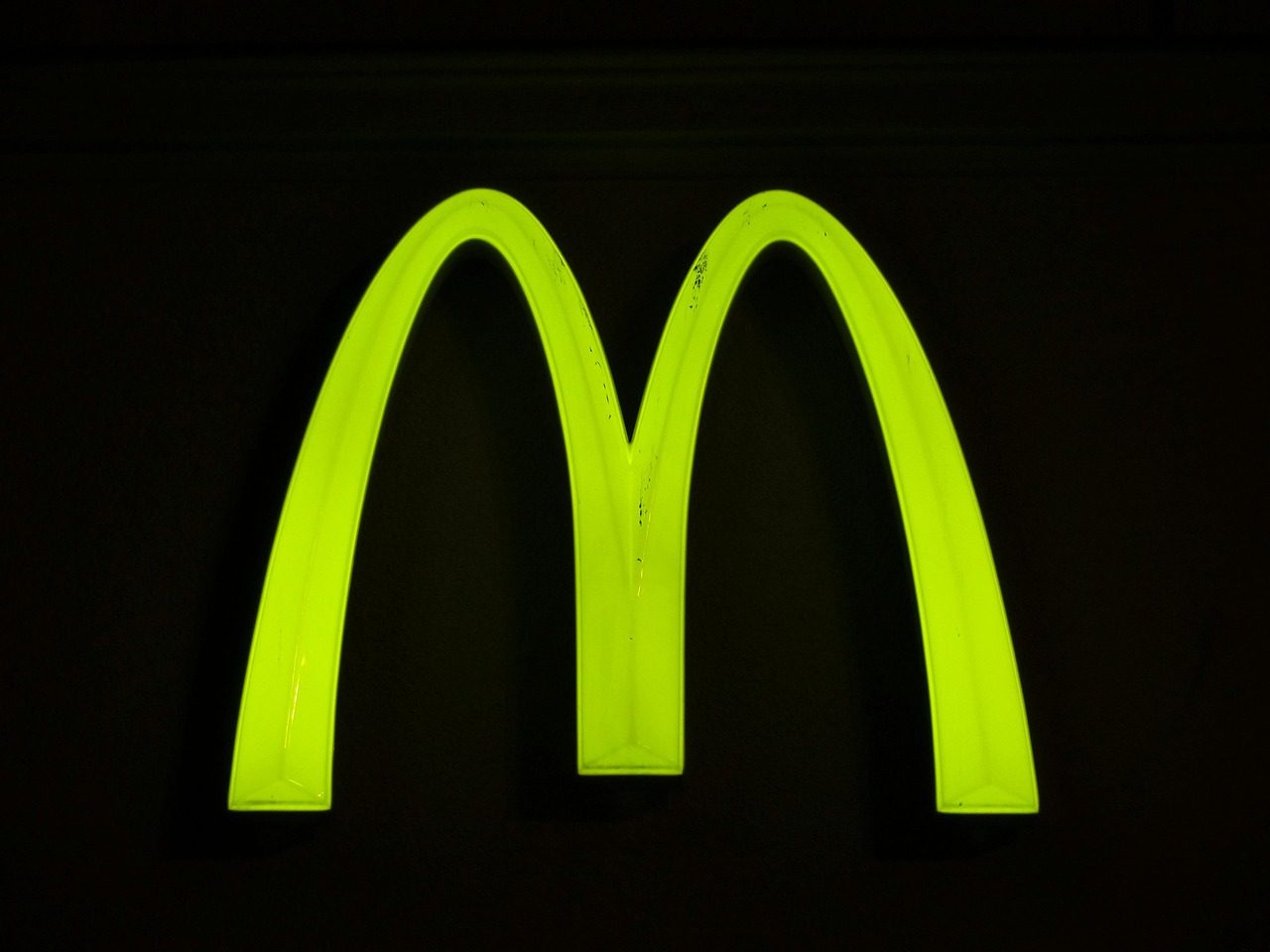
Let’s bust a myth that’s probably going to make some people mad: scratch-made doesn’t automatically mean healthier. Sure, those hand-cut Five Guys fries sound wholesome compared to McDonald’s, but they’re still deep-fried potatoes loaded with calories and fat – sometimes even more because fresh-cut fries absorb more oil during cooking. Chipotle’s fresh ingredients can pack a burrito with over 1,500 calories if you’re not careful with portions, which is more than a Big Mac meal at McDonald’s. The real kicker? Some scratch-cooking chains use just as much salt and sugar in their fresh preparations because that’s what makes food taste amazing. Nutritionists point out that frozen vegetables can actually retain more nutrients than “fresh” produce that’s been sitting around for days before prep. The scratch-made label creates a health halo effect that tricks us into thinking we’re making virtuous choices when we might just be paying more for the same indulgence. If you’re genuinely eating for health, you need to look beyond the fresh marketing and check those nutrition facts – the truth might surprise you.
The Environmental Cost of Going Fresh

Here’s something that’ll really mess with your conscience: all that scratch-made freshness comes with a surprisingly hefty environmental price tag that nobody wants to talk about. These chains need constant deliveries of fresh ingredients multiple times per week – sometimes daily – which means way more trucks on the road burning diesel compared to competitors who can stack frozen goods efficiently. Food waste becomes a massive problem too, because fresh ingredients spoil fast and restaurants have to toss unsold prep work at the end of each day. In-N-Out and Chipotle reportedly waste significantly more produce than chains using frozen or pre-prepped items, though exact numbers are closely guarded secrets. The packaging for fresh deliveries also piles up – all those individual shipments require more cardboard boxes, plastic wrap, and cooling materials than bulk frozen deliveries. Some sustainability experts argue that a centrally-prepared frozen patty shipped once might actually have a smaller carbon footprint than daily fresh beef deliveries to hundreds of locations. It’s a uncomfortable truth that challenges our assumption that fresh automatically equals better for the planet.
The Labor Shortage Crisis Hitting Fresh-Food Chains Hardest
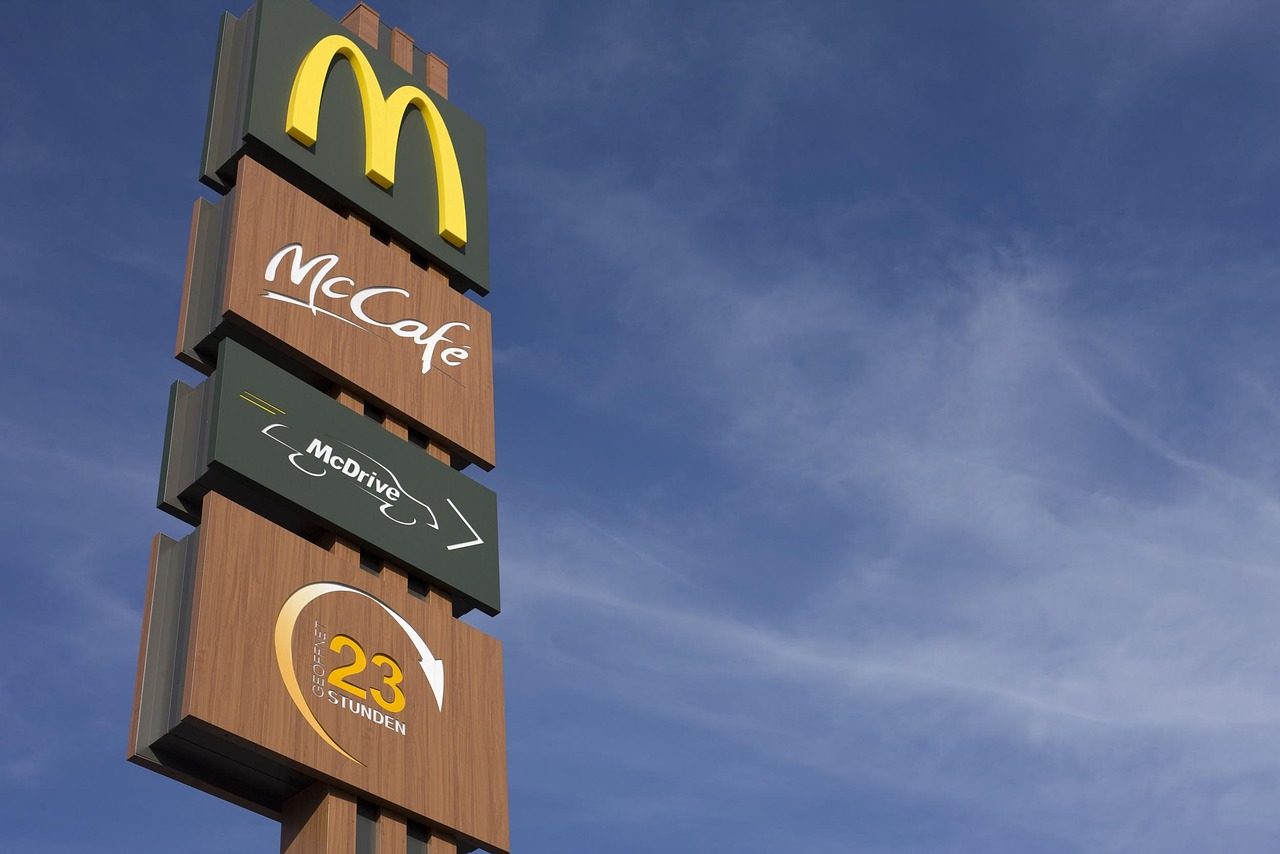
While frozen-focused chains can train someone to operate a fryer in about twenty minutes, scratch-cooking restaurants are getting absolutely hammered by the ongoing labor shortage in ways that might surprise you. Finding skilled kitchen workers who can actually prep fresh ingredients, follow recipes consistently, and maintain food safety standards takes months of training and significantly higher wages. Five Guys and Chipotle have both reported turnover rates exceeding 100% annually in some markets, meaning they’re constantly retraining staff who barely know how to dice an onion properly. This creates wildly inconsistent experiences – your burrito at one Chipotle location might be perfectly crafted while another tastes like it was assembled by someone on their second day. The situation got so desperate during the pandemic that Shake Shack started offering signing bonuses and tuition reimbursement just to keep people chopping lettuce and forming burger patties. Meanwhile, McDonald’s can staff their locations with minimal training because everything arrives pre-portioned and idiot-proof. It’s a brutal reality that’s forcing some fresh-food advocates to wonder if the scratch-made model can even survive in today’s employment landscape.
Why Automation Might Actually Save Fresh-Food Restaurants

Here’s the plot twist nobody saw coming – robots and AI might be the salvation of scratch-made fast food, not its downfall. Companies like Chipotle are already testing automated systems that can perfectly dice onions, portion guacamole, and even grill chicken with zero human inconsistency. Shake Shack has been experimenting with AI-powered kitchen management systems that track prep times and predict rush periods so accurately that food waste dropped by 30% in test locations. The irony is delicious: the very chains that pride themselves on human craftsmanship are discovering that strategic automation lets their human workers focus on the parts that actually matter, like customer service and quality control. Unlike the dystopian McDonald’s model where machines replace humans entirely, these fresh-food chains are using technology to handle the repetitive prep work while keeping skilled workers for the nuanced stuff. It’s not about eliminating jobs – it’s about making those jobs sustainable by removing the soul-crushing monotony of chopping vegetables for eight hours straight. The early results are shocking enough that even skeptical industry veterans are admitting this hybrid approach might be the only way scratch cooking survives the next decade.
Key Takeaways
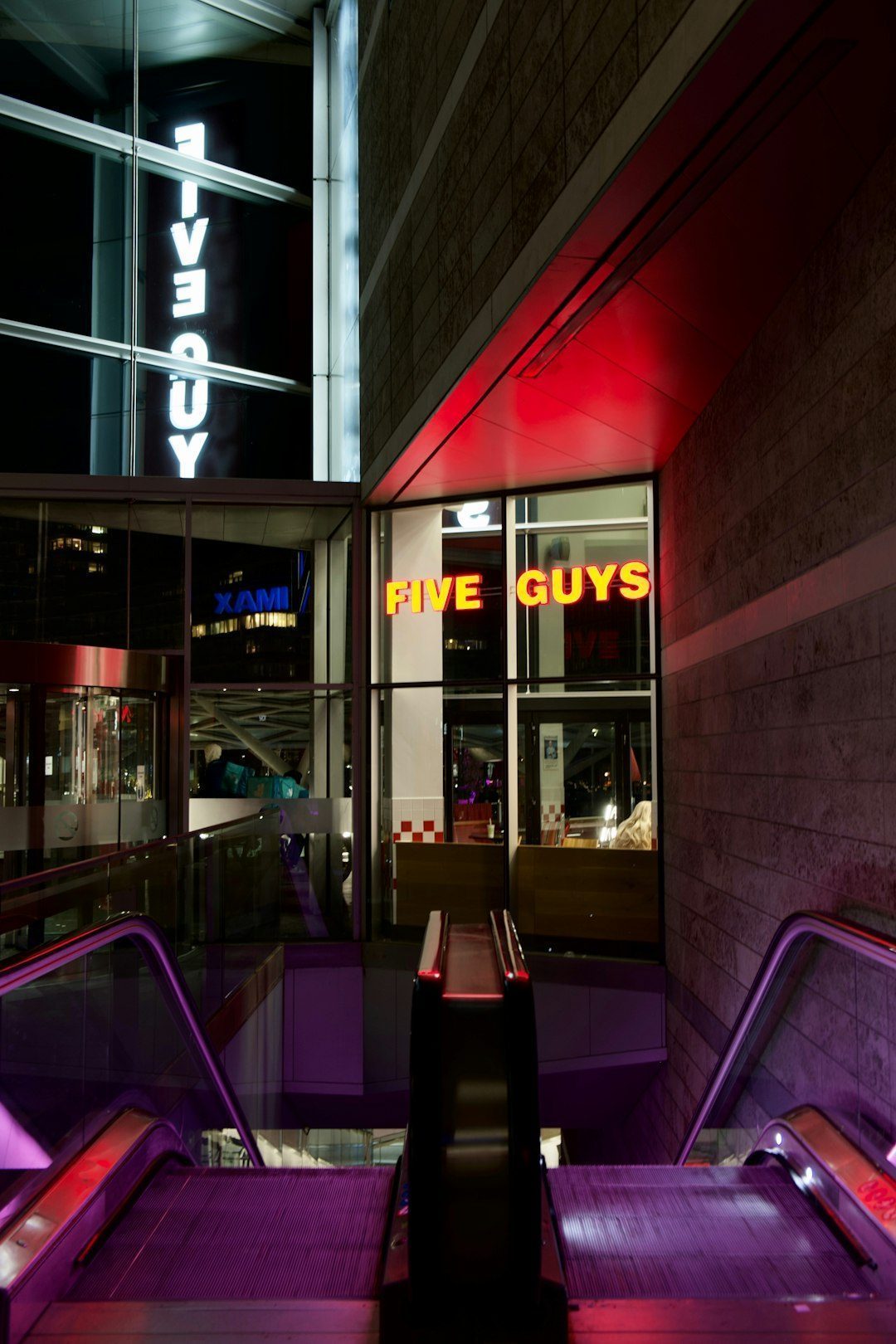
These five fast-food chains stand out because experts say they still make most of their food from scratch – chopping fresh ingredients, cooking in-house, and avoiding prepackaged shortcuts. Their commitment to real cooking leads to better flavor, cleaner ingredients, and a fresher overall meal compared to typical fast-food options.
The Training Investment That Sets These Chains Apart
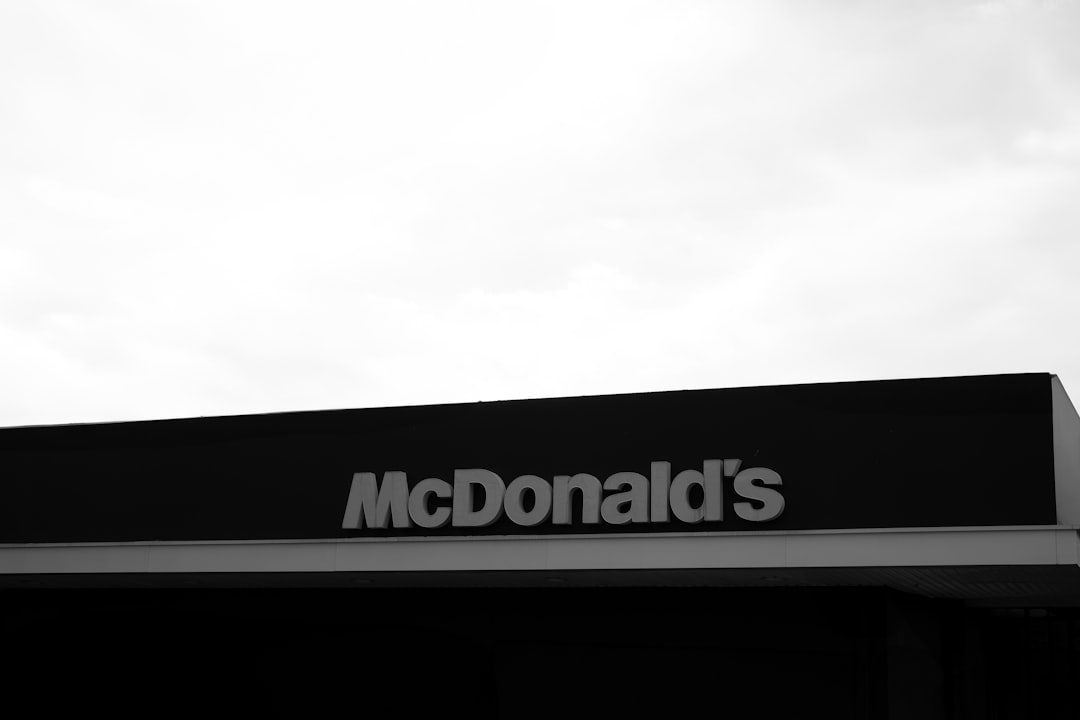
Here’s something most people don’t realize – teaching employees to cook from scratch costs way more than training them to reheat frozen patties. Five Guys spends weeks training new hires on proper potato cutting techniques and burger assembly, while your typical fast-food worker can be ready in a few days. Chipotle’s knife skills training alone is more intensive than what some culinary students get in their first semester. This massive investment in human talent is actually one of the biggest hidden costs these chains face, and it’s why they struggle more than others when turnover hits. But here’s the surprising part: employees at these scratch-cooking chains report higher job satisfaction because they’re actually learning real cooking skills instead of just pressing buttons. That pride in craftsmanship translates directly to your meal – when someone genuinely cares about what they’re making, you can taste the difference.
The Menu Limitations That Come With Real Cooking

Ever wonder why In-N-Out’s menu fits on a napkin while McDonald’s needs an entire digital board? When you’re cooking from scratch, you can’t offer everything under the sun. These fresh-focused chains deliberately keep their menus tight – sometimes frustratingly so – because each additional item multiplies the complexity exponentially. Five Guys doesn’t do chicken sandwiches not because they hate poultry, but because adding another protein means new equipment, different prep stations, and separate training protocols that could compromise their burger quality. Chipotle famously killed their chorizo after realizing it was slowing down their assembly line and creating consistency issues across locations. This constraint actually works in your favor though, because when a restaurant only makes ten things, they get really damn good at those ten things. The irony is that customers constantly beg these chains to expand their menus, not realizing that the limited selection is precisely what makes each item so reliably excellent. It’s the exact opposite strategy of chains that throw everything at the wall to see what sticks – and honestly, it takes more courage to say no to menu bloat than to keep adding mediocre options.
The Speed Paradox: Why Fresh Takes Longer But Feels Faster
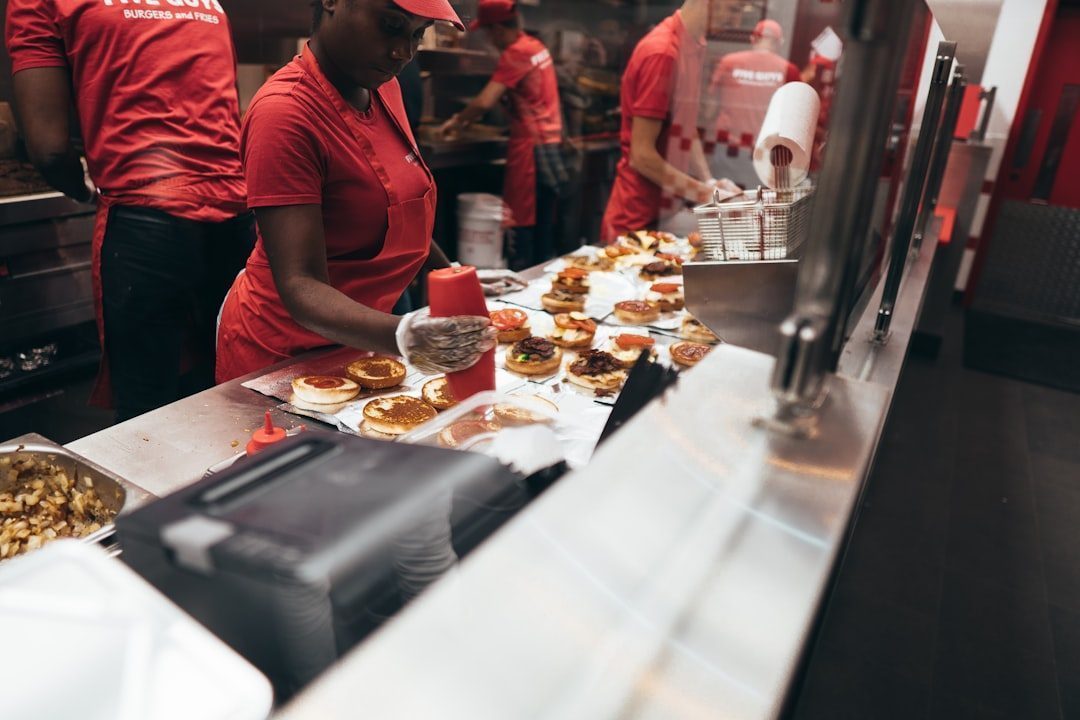
Here’s something that’ll mess with your head: restaurants cooking from scratch often have longer ticket times than their frozen-food competitors, yet customers consistently rate them as faster. Chipotle’s average order takes about four minutes during lunch rush, while a McDonald’s Big Mac can be in your hands in ninety seconds – but ask people which felt quicker and they’ll swear Chipotle wins every time. The secret isn’t actual speed; it’s psychological engagement. When you’re watching someone grill your burger or toss your salad right in front of you, your brain stays occupied and time perception shifts dramatically. Contrast that with staring at a blank counter waiting for your number to be called, and suddenly three minutes feels like an eternity. Five Guys figured this out years ago by positioning their grills in full view and making the whole cooking process a mini-performance. The trade-off is real though – during peak hours, these fresh-food chains can develop lines that snake out the door while traditional fast food joints cycle through customers like a machine. But here’s the kicker: those longer waits actually increase perceived value, making customers believe they’re getting something more premium even before they take the first bite.
The Franchise Problem: Why Most Locations Can’t Actually Pull This Off
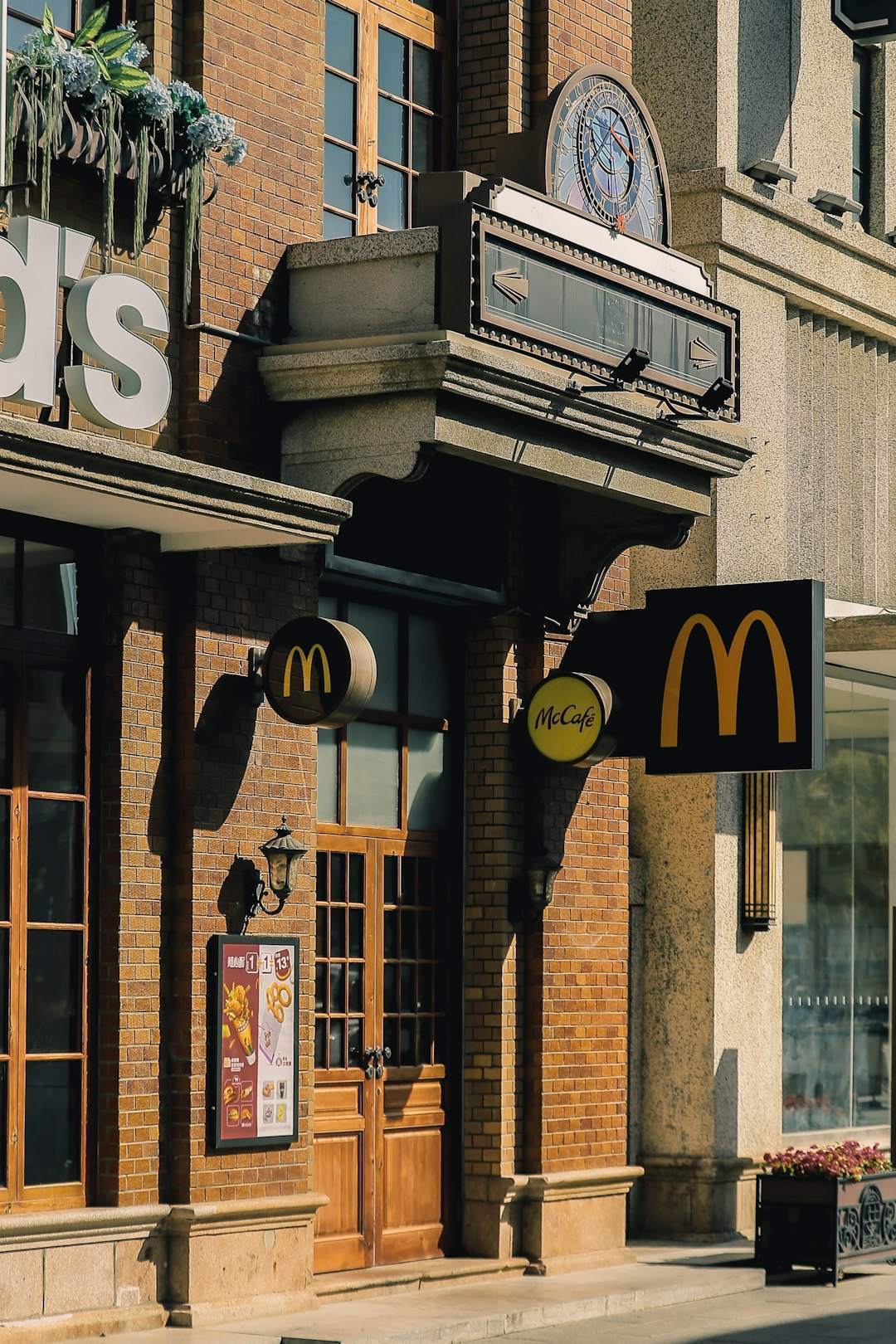
Here’s the dirty little secret about fresh-food fast food chains: not every location lives up to the promise, and it’s usually not the brand’s fault. Unlike McDonald’s where a Big Mac tastes identical whether you’re in Maine or Montana thanks to standardized frozen patties, scratch-cooking chains face a brutal reality – they’re only as good as their weakest manager. A Five Guys in downtown Chicago might have a kitchen team that’s been there for years, churning out perfect burgers with military precision, while the location twenty miles away has three new hires who don’t know a medium-rare from a hockey puck. Chipotle’s infamous food safety incidents weren’t corporate failures; they were individual store breakdowns where proper fresh-food handling protocols got ignored during a busy shift. The franchise model makes this problem exponentially worse because you’re essentially trusting independent business owners to maintain the same obsessive standards as corporate locations. That’s why In-N-Out remains stubbornly company-owned and refuses to expand beyond their supply chain radius – they’d rather leave money on the table than risk a subpar burger ruining their reputation. Smart customers know to scope out online reviews for specific locations rather than trusting the brand name alone, because with fresh food, consistency is the real luxury most chains can’t actually deliver.
The Inspection Red Flags That Reveal a Location Has Given Up
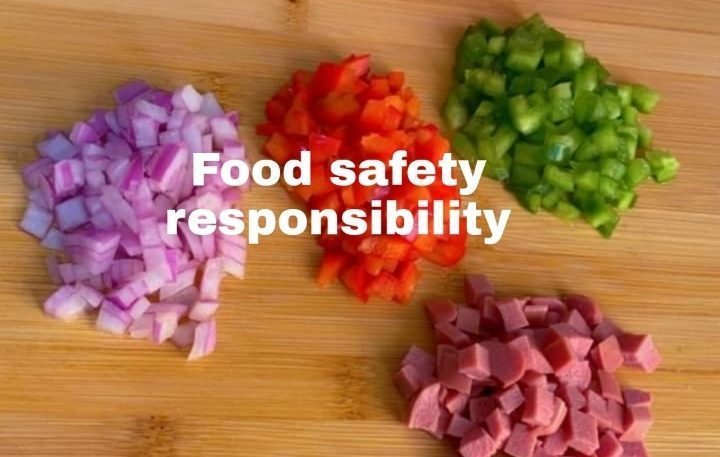
You can actually tell within thirty seconds of walking into a scratch-cooking restaurant whether they’re maintaining standards or quietly cutting corners. The giveaway isn’t what you’d expect – it’s not about cleanliness or how busy they are. Look at the prep station visibility first: legit locations proudly display their fresh ingredients and active cooking because they’ve got nothing to hide, while sketchy spots conveniently position themselves so you can’t see what’s happening back there. Next, check the menu board for suspiciously long lists of available items; real scratch kitchens run out of stuff constantly because they’re making limited batches throughout the day, so if everything’s available at 9 PM on a Tuesday, someone’s probably pulling from frozen backup stock they’re not supposed to have. The smell test matters too – fresh-cooking restaurants have that distinct aroma of actual food being prepared, not the generic deep-fryer smell that permeates traditional fast food joints. Pay attention to wait times as well; if your “made-to-order” burger arrives in ninety seconds flat during a rush, either they’re magicians or they’re pre-cooking and holding food under heat lamps like everyone else. Smart regulars know these tells instinctively, which is why they’ll drive past three closer locations to hit the one spot where the manager actually gives a damn about maintaining the scratch-cooking promise.




